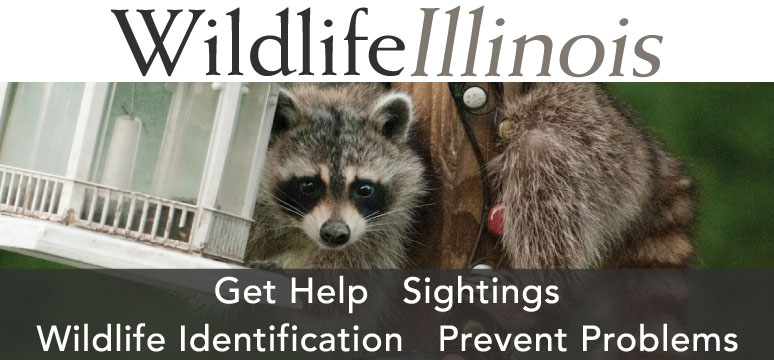
Photo courtesy of IDNR.



Photo courtesy of IDNR.
I met Manoj V. through the various Illinois Learn to Hunt events that he attended. After getting to know him, we started to discuss some of the constraints he faces as a new hunter in Illinois. Manoj is a recent immigrant from India and has unique constraints (e.g., Visa regulations) to participation on top of the typical constraints a new hunter faces (e.g., land access, knowledge). However, Manoj never let these obstacles prevent him from hunting and dedicated significant time and energy to this pursuit.

After several weeks of working with Manoj, he had his first mentored deer hunt. While this hunt ended without filling a tag, Manoj credits the hunt as the first real step to his journey to becoming a hunter. He made mistakes; we all do. However, Manoj was able to analyze the mistakes he made and apply those to future hunts.
A few weeks passed and the Illinois Department of Natural Resources announced a mentored archery deer hunting opportunity at Kickapoo State Recreation Area (Vermilion County). Manoj instantly applied for the hunting opportunity and a few weeks later learned that he had been selected for one of the hunting blinds.
As we arrived at the parking lot the first morning, Manoj was tired after the three-hour drive, but you couldn’t have told it from his energetic demeanor. Excitement and energy flowing, Manoj was eager to get to the blind. After getting setup in the blind, the sun began to rise and illuminate a frost-covered field. For the first few hours we saw no deer activity. At about 9 a.m., Manoj caught a glimpse of movement across the field. “A doe,” he excitedly whispered. We watched the doe for about 10 minutes as she followed the forest edge on the opposite side of the field, eventually moving off. We didn’t see another a deer that morning.

It was a calm and cold afternoon as we arrived back in the blind at around 2 p.m. ready for the evening hunt. We caught movement from across the field, just inside the forest edge. It was the same area the doe had worked earlier. As we watched, doe after doe funneled through the forest edge. Manoj’s demeanor shifted. It went from pure excitement to frustration as he anticipated that the does would do the same thing the earlier deer had, continuing along that forest edge and working away from us.
I saw the scenario differently. I explained that often deer utilize “staging areas” prior to entering a food source. The does were meandering back and forth, not just walking in a singular direction like the deer had in the morning. Staging deer often overlook the food source, just watching, smelling and listening for any potential danger. I fully expected that near sunset those does would move out to feed in the field.

After a few minutes passed, I looked up and noticed three does entering the field from behind us. Once those deer entered the field, I knew it was going to be an exciting evening. As the does that were staging saw deer feeding safely in the field they begin to join. Before we knew it, eight does stood in front of us, ranging in distance from 50 yards to a few hundred yards away.
Patiently waiting for the deer to come into archery range, we watched more does enter the field. Manoj and I go back-and-forth as deer come into range then move out of range without ever giving a clear shot. It was pure chaos for a few minutes! After about 15 minutes, I looked over Manoj’s shoulder and noticed a mature doe entering the field just 5 yards from the blind. Tapping Manoj on the shoulder, I told him to get ready. As the doe moved in front of the blind, I whistled, stopping her. Manoj made a perfect shot.
The excitement following the shot was infectious and inspiring. Even though I didn’t pull the trigger or fill a tag, this was a hunt I will cherish and remember for years to come.
If you have the opportunity, take a new hunter afield. It is an experience I highly recommend.
Dan Stephens is a Hunter Recruitment Specialist with the Illinois Natural History Survey. The Illinois Learn to Hunt program is a statewide program designed to teach adults (18+) why, where and how to hunt a variety of species in Illinois. Visit Illinois Learn to Hunt for more information or to sign-up for an event near you.
Submit a question for the author